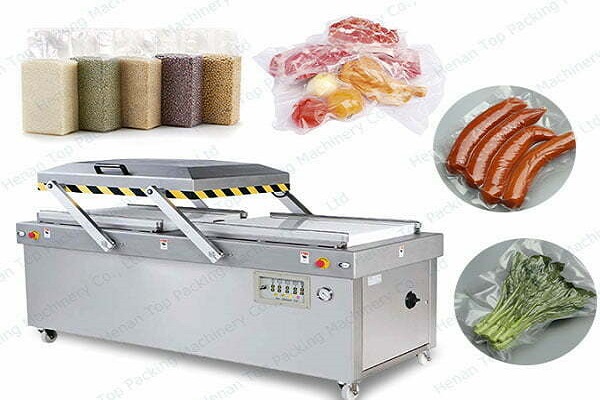The global food packaging equipment market is projected to surge to $33.15 billion by 2031, growing at a compound annual growth rate (CAGR) of 6.3% from 2022 to 2031, according to a new report by Allied Market Research. The market, valued at $16.90 billion in 2020, is set for significant growth, driven by rising demand in Asia-Pacific and Europe.
The shelf stable segment, a major contributor to market revenue, was valued at $4.21 billion in 2020 and is expected to reach $7.11 billion by 2031, with a CAGR of 4.8%.
Food packaging equipment encompasses machinery used throughout the packaging process, including bottling lines, cartoning, case handling, closure, filling and dosing, form, fill, and seal (FFS) machinery, labelling, decorating, coding, palletizing, wrapping, bundling, and others. The food and beverage industry significantly drives the demand for such equipment, propelled by factors like industrial development, purchasing power parity, and the adoption of automated technologies.
Market Drivers:
- Innovative Packaging: Increasing demand for appealing and innovative packaging for product differentiation.
- Processed Foods: Rising consumption of processed meat, poultry, and seafood.
- Purchasing Power: Enhanced purchasing power and preference for online grocery shopping.
- Health Consciousness: Growing health awareness and dietary changes are boosting market growth.
The demand for ready-to-eat, dairy, perishable products and convenience foods is expected to propel market growth. The Westernisation of food preferences in Asia-Pacific and other developing regions further augments this demand.
Asia-Pacific is expected to maintain its dominant position in terms of market value during the forecast period, followed by Europe. While North America has accounted for approximately one-seventh of the market share and is projected to grow at a CAGR of 5.4%.
Also, Asia-Pacific is anticipated to grow at the highest CAGR from 2022 to 2031. And meat, poultry, and seafood are the fastest-growing segments, with the shelf stable segment being the largest contributor in 2020. North America is expected to continue its market growth with a notable CAGR during the forecast period.


